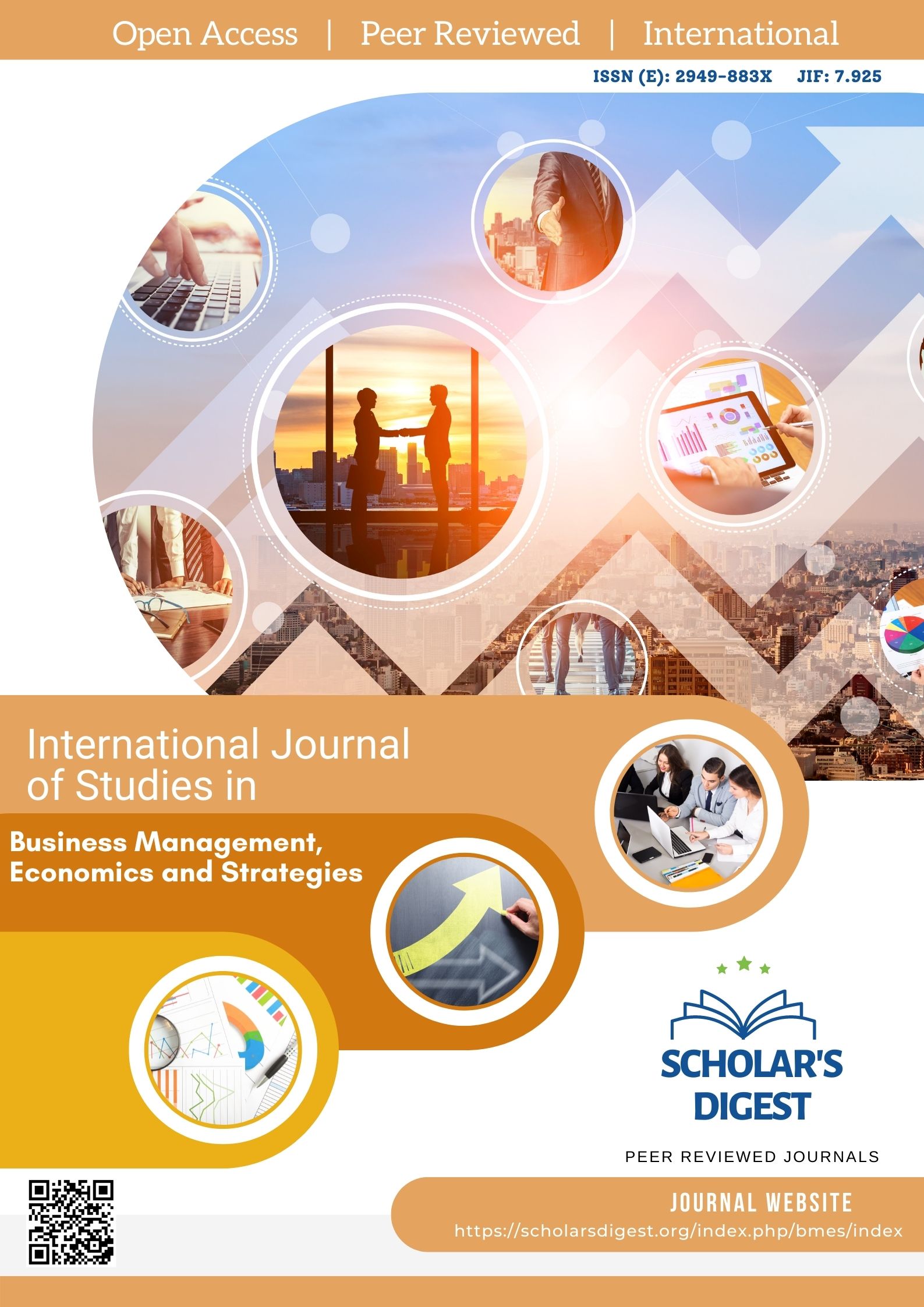MEASURING FINANCIAL CONTINUITY AND ITS IMPACT ON LIQUIDITY INDEX ACCORDING TO THE PEAVER MODEL FRAMEWORK-ANALYSIS AND RESEARCH ON MULTIPLE PRIVATE COMMERCIAL BANKS IN IRAQ
Keywords:
Financial continuity, Peaver model, liquidity.Abstract
This study uses the Peaver model to measure and analyze financial continuity indicators and their impact on the liquidity index of several commercial banks in Iraq. The main question begins with using the Peaver model to measure the likelihood of financial continuity of the interviewed banks and the extent of its impact on liquidity. The research community covers the Iraqi banking industry, the research sample is limited to a certain number of private commercial banks listed on the Iraqi Stock Exchange and four banks, and the study uses descriptive and analytical methods to measure these indicators. The study reaches several conclusions, the most important of which is that in times of banking crisis, banks with financial continuity protect themselves more effectively than other banks because they represent the overall framework of a bank's ability to survive, grow, and continue to develop. Adequate provision of banking services in the long term, in line with the recommendations revealed by the study, ensures a quick response to any financial crisis in line with the so-called warnings. They are monitoring the external and internal environment of banking activities in the early stages of the crisis and adopting a legal and institutional framework that allows decisive action by various units and institutions within the country.
Downloads
Published
Issue
Section
License

This work is licensed under a Creative Commons Attribution-NonCommercial 4.0 International License.








